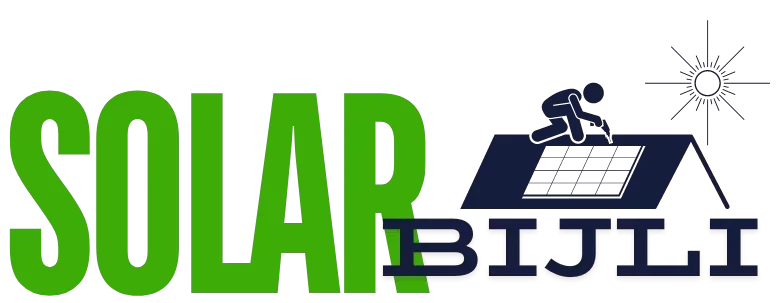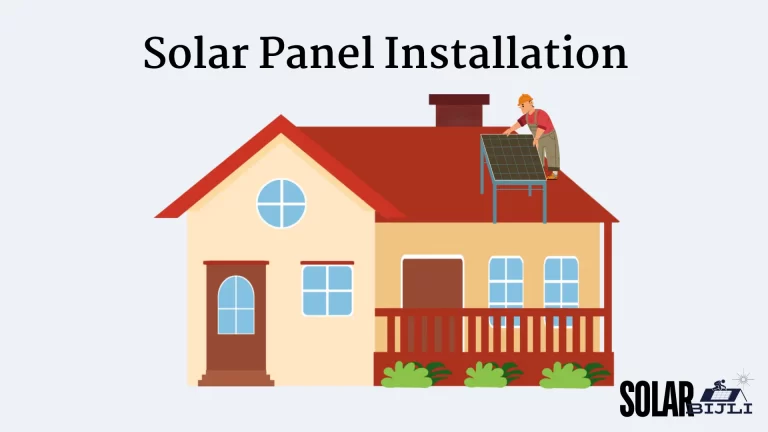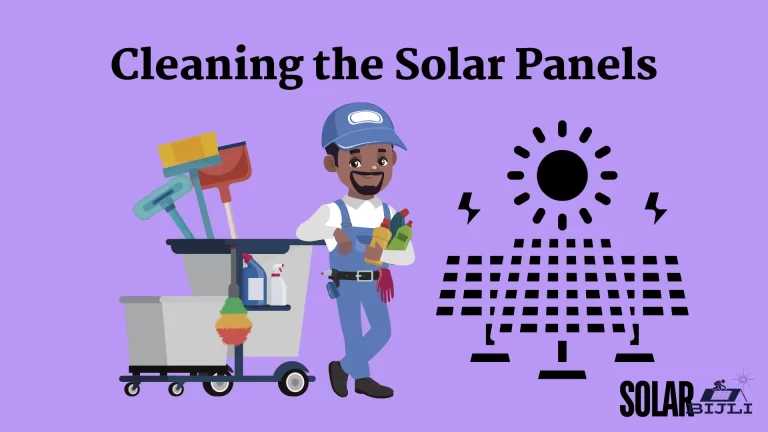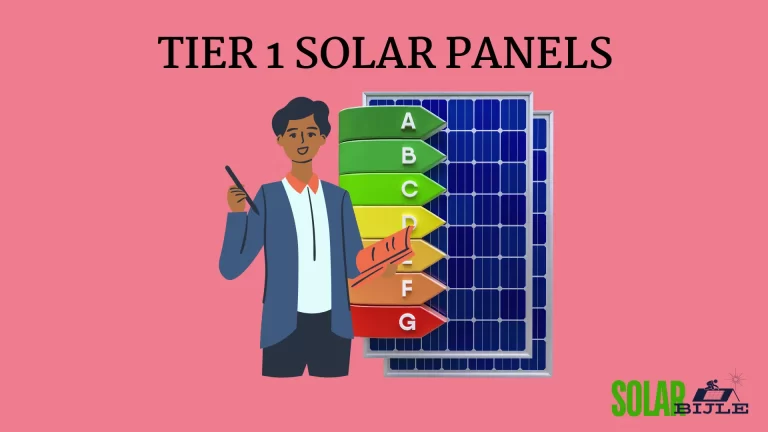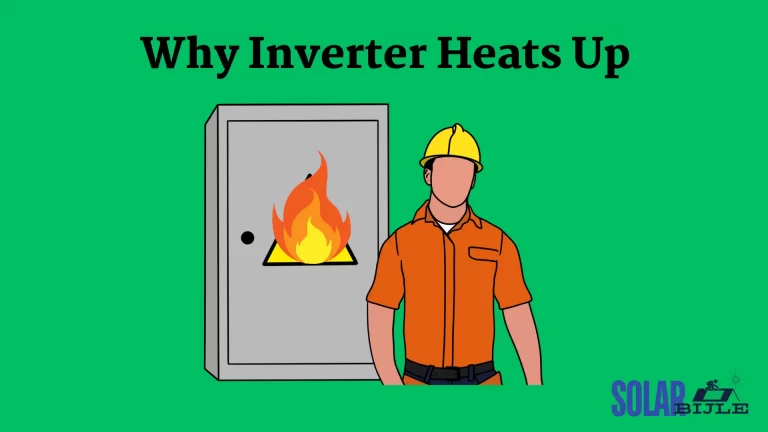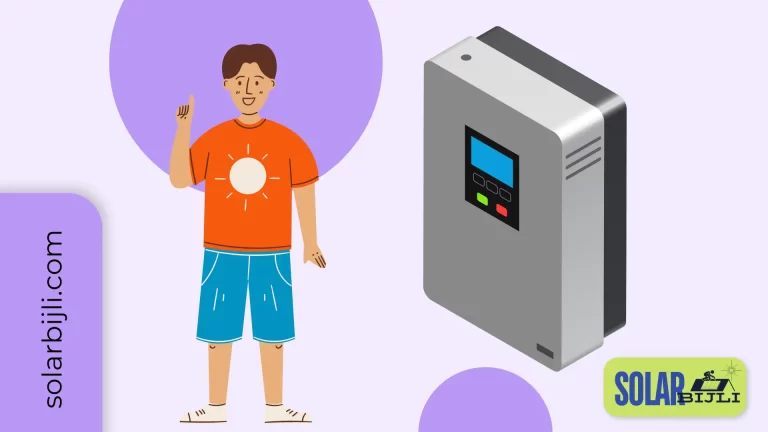To start with, buying the right panel is the first step. As installing Solar system at your home is a onetime measure, thus never go for cheap items. If you have limited budget, plan to complete your required system step wise. But don’t compromises on quality as it will save you from heavy loss.
Solar Panels can take the beating and keep going. Tempered glass with protective rating can withstand a good amount of hailstorm.
But this does not mean your panels are 100 % safe. Chances of breakage and even complete destruction are always there which needs to be addressed with active and passive measures.
Is My Solar Panel Hail Proof- Rated UL 61730, UIC 61730
The first thing you must consider while buying Solar panels is to check whether they are resilient against hail storm or not. It will depend upon the material used in manufacturing.
Mostly panels being produced are tough, but panel rated UL 61730 go through testing of withstanding strikes of hail between one and three inches, traveling at speeds up to 88.3 miles per hour (142 kph).
All tier 1 panels are UL 61730, UIC 61730 and IP 68 rated
What is IP Rating
An IP rating indicates how effective a seal is against the intrusion of liquids and solid objects like liquid water, dust, or dirt.
It is typically represented by two numbers — the first indicating the level of protection from solid particles and the second from liquids. The range starts from 0 – 6 and 0 – 8 respectively.
As a bottom line, your panel should be UL 61730 UIC 61730 and IP 68 rated.
Measures to Protect Your Solar Panels from Hail Storm
After buying the right Solar Panel, now you must consider all viable option to further safe guard them by adopting passive measures. You cannot win against power of nature.
1. Use Protective Covers
When a hailstorm is in the forecast, you can cover your panels to prevent damage.
- Hard shell covering: Provides the best protection against impact. You need to predict the hailstorm. Hard shell may be big in size and heavy in weight.
- Soft Covers: Soft covers of 1–1.5 inches, made of foam and rubber sheets, can protect solar panels very effectively. It will dampen the impact. Easy to use and easy to handle.
2. Spray on a Methacrylate Layer
Methacrylate is a relatively inexpensive spray-on monomer that you can use to protect your panels. It has an advantage that solar array can still receive and convert sunlight after you spray it. It is tricky to use as quantity and placing of it needs accuracy.
3. Protect the Panels with Wire Mesh
A wire gauge mesh around the panels can provide a rigid covering. Though it’s easy to install and effective but heavy and costly to use for larger system. It will also affect quantity of sun rays reaching the panels.
4. Adjust the Angles of Your Panels
People use automated solar panel angle adjuster to change the angle of the panels to get maximum PV output. Same adjustment can be used to adjust panel’s angle away from direct hitting of Hail storm.
5. Civil Work with the Base of Angle Iron
Strong winds can destroy your support structure very easily. Bigger the size of panels, bigger is the chances of being flying away with wind.
You need to do good civil work of bricks with the angle Iron support. If the size of panels are big, drill the roof top till garder and hook iron angles with them.
6. Trim overhanging trees
Trim trees as much as possible if there is any chance of broken branches falling on solar plates. Even scratches from branches will damage your plates.
7. Check for debris
Flying debris is one of the most common causes of damage to solar panels. Check your property and secure any objects that could become projectiles during a storm, such as tools, fallen tree branches, plant pots, and garden furniture.
8. Turn your solar panels off
Power surges damage electrical equipment. It’s better to be over cautious. Always turn your solar system off if you expecting a heavy weather approaching.
9. Insurance of Solar Panels
There are many well-known insurance companies which are providing insurance to solar system. If your location is at a place where you expect heavy rains with often hailing and chances of lightning must go for insurance. But if not as per Pakistan weather, you can always do the preemptive measures as already told.
What to do with Solar Panels After a Severe Storm
Once a storm has passed, it’s important to check your panels for signs of damage. Here is the check list.
- Check for visible cracks, broken, dented, or lifted panels.
- Look for scratches or smaller cracks, may be harder to spot
- Inspect mounting condition and firmness.
- Inspect all wires and insulation
- Switch On Solar system and check its normal working. It should produce same amount of power.
- Keep solar system under observation for next 7 days
Except fixing the mountings and civil work, do not try to fix plates or wirings. Always ask for professional help.
FAQs
Can Solar Panels Withstand a Hailstorm?
Solar panels can generally withstand a hailstorm. In some parts of the country, where hailstorms are more frequent and powerful, preventive measures are best to be taken.
Do Solar Panels Work if Cracked?
Solar panels continue to work when they have small cracks. As cracks get bigger, the array won’t work as well. Once the cracks reach a certain size, it creates a risk of the panel catching fire.
Can You Fix Hail Damage to Solar Panels?
Mostly yes, but depends upon extent of damage. An expert repair shop can repair the glass and the photovoltaic system parts to ensure your panel can get operational again.
Can You Claim Insurance If Your Solar Panels Are Damaged By Hail?
It depends upon your insurance deal. Many solar panel warranties do not include hail damage. However, as long as you have included your solar panels on your homeowner’s policy, that policy will usually cover hail damage.
Conclusion
In most hailstorms, your solar panels will be perfectly safe. So, no need to worry that much. Only storms with particularly large hailstorms are likely to damage them.
But as you cannot predict extent of hailing, its best to take preventive measures. Covering, coating, or even tilting the array away from the incoming hail can keep your PV panels from taking on the worst damage a storm can dish out.
